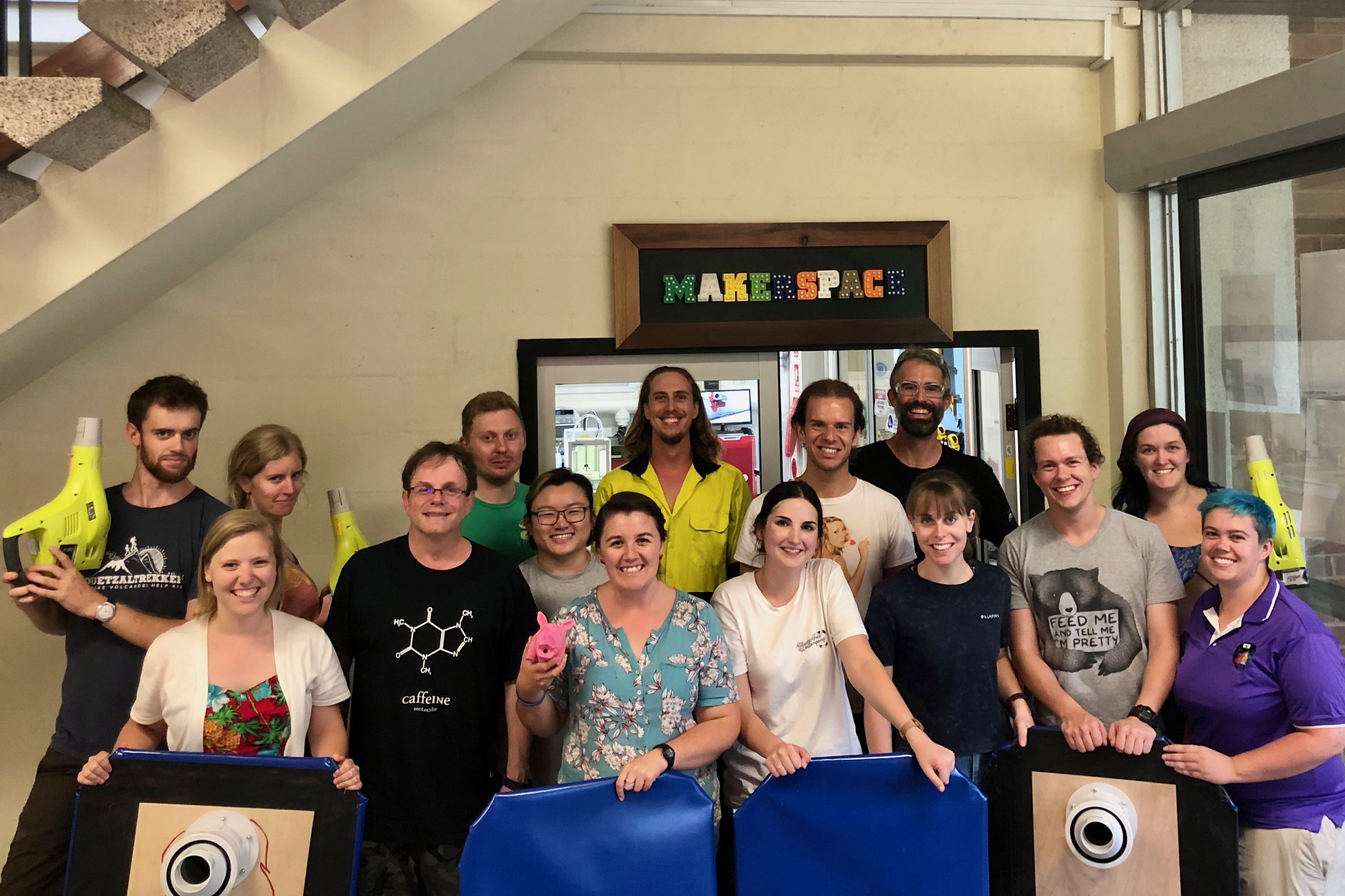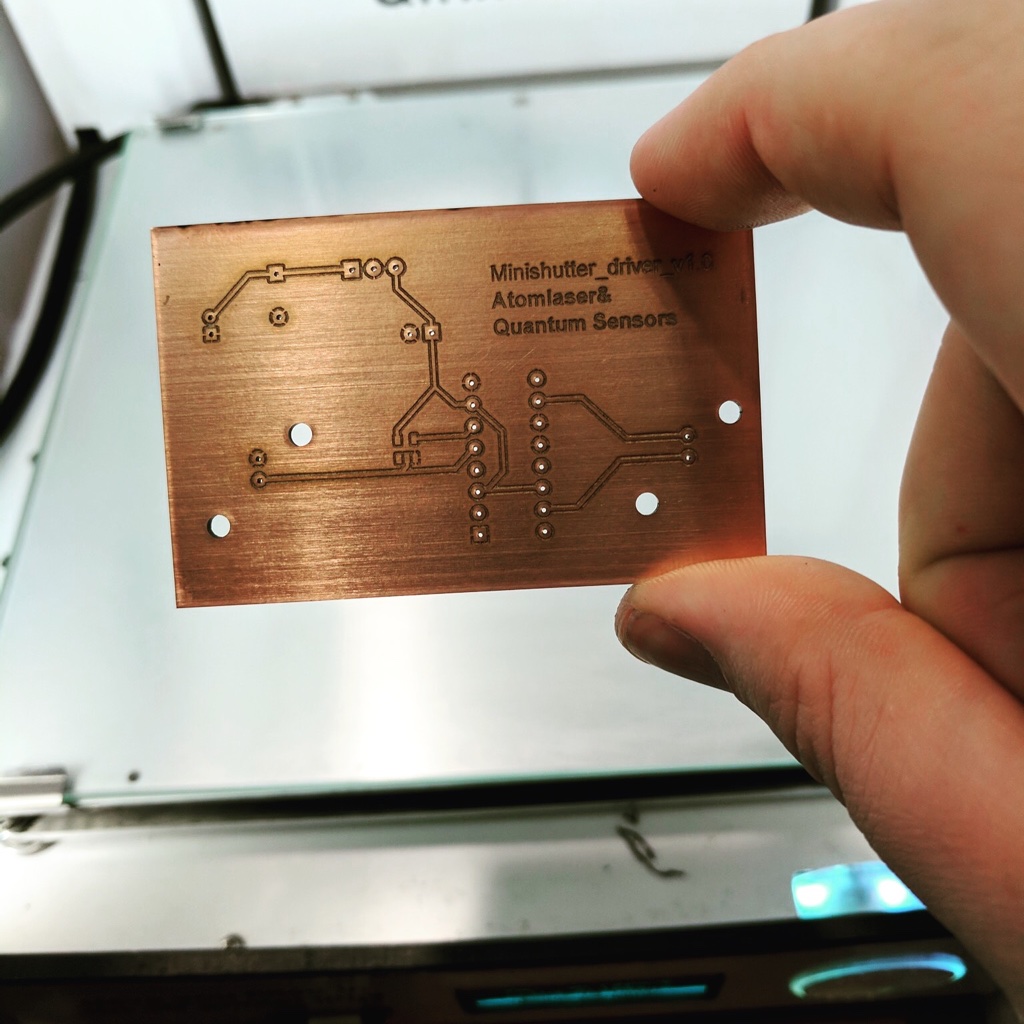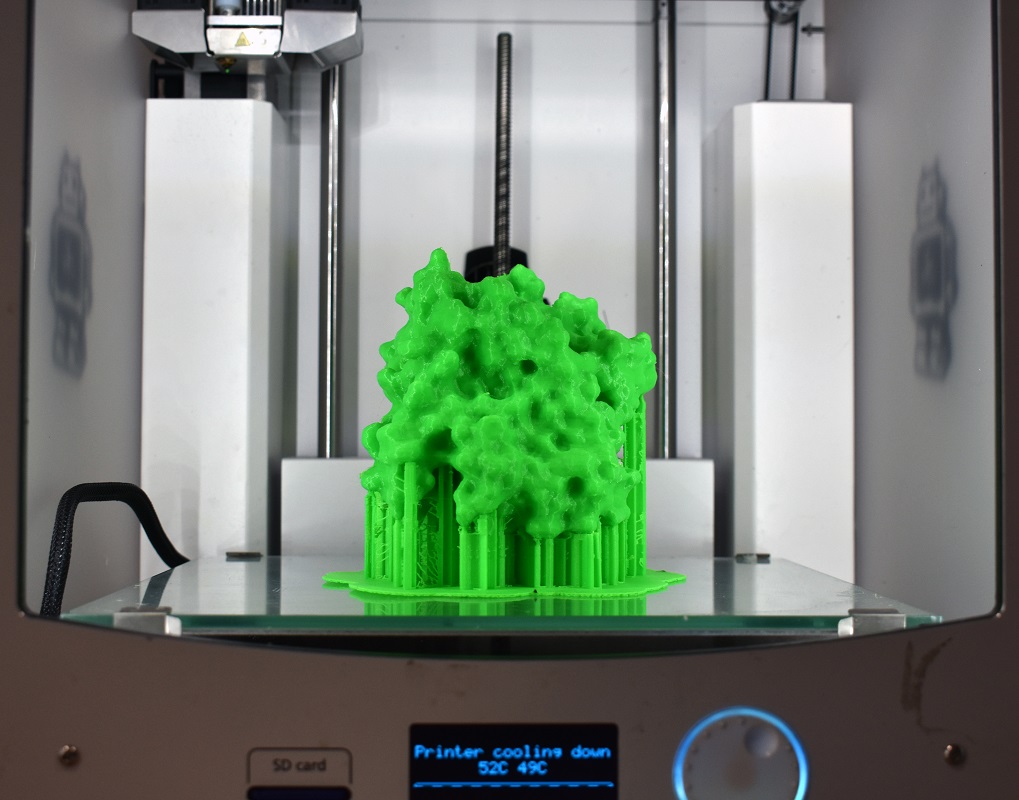MakerSpace: Learn by doing
Dr John Debs of the ANU Research School of Physics and Engineering (RSPE) had a vision in mind when he proposed the ANU MakerSpace in 2015. “Our belief is that ANU needs a truly disciplinary epicentre of education that feeds directly into research – a learning community that forges creativity and stimulates the curious mind, in a mixing pot of disciplines and methodology.”
That vision has become a reality.
The ANU MakerSpace is up and running, open to any ANU staff member or student. The working lab offers specialised tools and “makers crash-course” training to help its participants create, invent, and learn. Like similar workshops around the world, it serves as a collaborative space where people can trade ideas, raising each original concept to a higher level.
It draws its current users from every college at ANU, with the highest use by people pursuing projects in art, science, and engineering.
The space has supported coursework and PhD projects from around the University, as well as serving young start-up companies. It also played a role in the creation of the Australian of the Year trophies.
The ANU MakerSpace is one component of the larger Mike Gore Physics Education Precinct, recently dedicated in February. The precinct was named in honour of the founder of Questacon, and continues Professor Gore’s legacy of learning by doing.
The Mike Gore Physics Education Precinct is set up to facilitate a shift in the ways physics courses are being taught at ANU, and the ways that students are invited to learn.
Professor Joseph Hope, Dr Debs and other physics instructors have pioneered “flipped classroom” strategies for several core physics courses for undergraduates. Utilising technology unavailable decades ago, they’ve stepped away from transferring knowledge to students by long lectures, where students basically transcribe lessons into their own notes.
Instead, students complete assignments before class, such as viewing short lecture videos made by the instructor. They then meet in the Learning Centre of the precinct for two- or three-hour workshops to complete theoretical or hands-on tasks in an active-learning environment. Lecturers and aides circulate to lend a hand, answer questions, and address misconceptions about the content.
For example, after learning concepts about electricity and magnetism, students might be asked to build a motor and measure how fast it spins. After learning about propulsion, they might try to build a dart gun that can accurately hit a target.
Another component of the precinct is a drop-in study space. Students can meet there to work through ideas. On occasion, instructors may conduct ad hoc tutorials there in place of office hours.
The approach seems to lead to better learning as well as promoting more engagement, collaboration and creativity. Early use of the flipped classroom concept for ANU physics classes led to an average upward shift of a whole grade in course exams.
As physics students are inspired to work on their own, self-started projects, the MakerSpace is across the courtyard, available with tools and cross-disciplinary collaboration to help push each project forward.
Dr Debs says that the RSPE is a unique environment that promotes true innovation. “When we started talking about conducting labs without instruction, we met no resistance. They are building a culture and community at the School. They tend to say yes to crazy ideas.”
You can find ANU MakerSpace on Facebook and Instagram.
The Research School of Physics and Engineering is on Facebook and Twitter.



